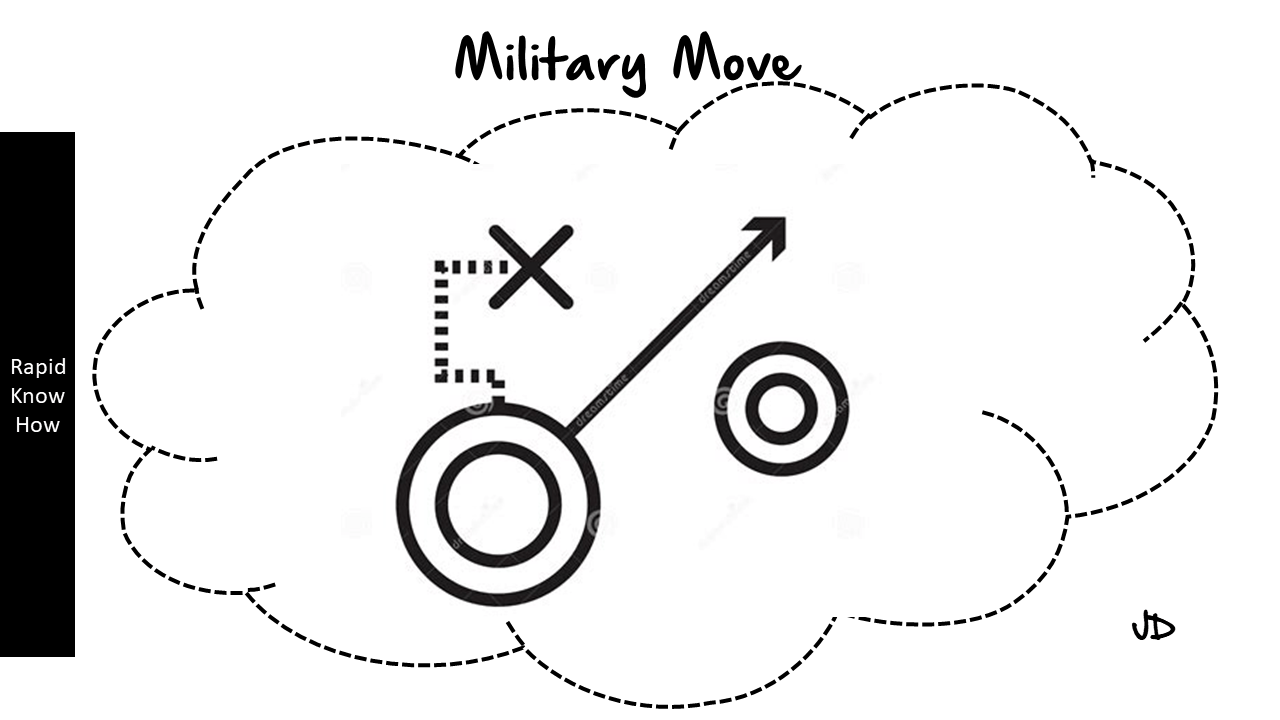RapidKnowHow : The Health Correlation Process
Health Leader > Laziness and Weight > The Correlation Process > The Effect > How to avoid Weight Increase > 5 Sources of Evidence > Short Report
Short Report: Understanding Laziness and Weight Management
Health Leader Overview
As health leaders, it’s essential to address the correlation between laziness (or sedentary behavior) and weight gain.
Sedentary lifestyles are increasingly relevant in today’s society, contributing to the obesity epidemic.
Understanding the mechanisms by which inactivity contributes to weight gain and the strategies to mitigate this issue is vital for promoting healthier lifestyles.
The Correlation Process: Laziness and Weight
Understanding the Connection
- Energy Balance: Weight gain occurs when energy intake exceeds energy expenditure. A sedentary lifestyle leads to reduced caloric burn, tipping the balance towards weight gain.
- Metabolic Effects: Regular physical activity boosts metabolism, enhances muscle mass, and promotes hormonal responses that regulate appetite. Lack of activity disrupts these processes, making it easier to gain weight.
- Behavioral Patterns: Sedentary behavior often fosters unhealthy eating habits and decreased motivation for physical activity, creating a cycle of increased caloric intake and reduced energy expenditure.
The Effect: Health Implications of Laziness on Weight
- Increased Risk of Obesity: Sedentary lifestyles are directly linked to greater body fat accumulation and a higher likelihood of obesity.
- Comorbidities: Excess weight due to inactivity is associated with numerous health issues, including type 2 diabetes, cardiovascular disease, and certain cancers.
- Mental Health Impact: Laziness may also lead to mental health issues like depression and anxiety, which can further perpetuate unhealthy behaviors and weight gain.
How to Avoid Weight Increase: Preventive Strategies
Practical Recommendations
- Encourage Regular Physical Activity: Aim for at least 150 minutes of moderate-intensity aerobic exercise each week, along with strength-training exercises on two or more days.
- Promote Active Lifestyles: Encourage integrating physical activity into daily routines, such as walking or cycling instead of driving, taking stairs instead of elevators, and engaging in active recreational activities.
- Set Realistic Goals: Help individuals set achievable fitness and weight management goals, fostering a sense of accomplishment and motivation.
- Educate on Nutrition: Provide education on balanced diets and the importance of portion control to prevent excessive caloric intake.
- Utilize Technology: Encourage the use of fitness trackers and apps that promote physical activity and healthy eating, making it easier to monitor progress.
5 Sources of Evidence
- Centers for Disease Control and Prevention (CDC): Research highlighting the impact of sedentary behavior on obesity rates and associated health risks.
- World Health Organization (WHO): Guidelines on physical activity and its role in preventing weight gain and obesity.
- American Heart Association (AHA): Recommendations for physical activity to reduce health risks linked to inactivity.
- Journal of Obesity: Studies illustrating the relationship between sedentary behavior, caloric intake, and obesity prevalence.
- Public Health Nutrition Journal: Articles that discuss interventions aimed at reducing sedentary time and promoting healthier eating habits.
Conclusion
Laziness and sedentary behavior contribute significantly to weight gain and associated health risks.
As health leaders, it is crucial to implement strategies that promote physical activity and educate individuals on healthy eating habits.
By proactively addressing these issues, we can help mitigate weight increase and improve overall public health.




